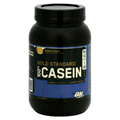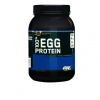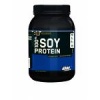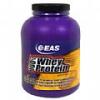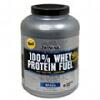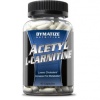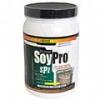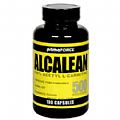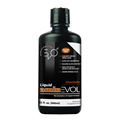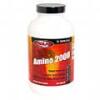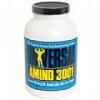- Momma always said that good food should “stick to your ribs.” What momma didn’t know was that the food that sticks to your ribs is why the vast majority of America is fat. Fat has become a staple in American’s diets and it is slowly killing people
- Statistics show that vegetable intake increased several percent but the increase came in more potato consumption, which came in the form of French fries. Protein intake has also risen but it has come in the forms of hamburgers, hot dogs and other “rib sticking” foods
- People often complain that foods low in fat are not filling, but when done right a person can be fully satiated and eat a minimal amount of fat. The answer is to replace daily fat intake with daily protein intake
The recommended amount of calories and fat is 2000 and 65 respectively. A big mac and medium fry from McDonald’s has 840 calories and 40 grams of fat. That is almost half of the recommended calories and two-thirds of the amount of daily fat in just one meal. Not counting all the countless snacks eaten in between the big meals it is no wonder there are more obese people in the United States than all other countries combined. The average American gets seven percent of their calories just from soft-drinks alone. Thirty three percent of calories are derived from junk foods such as chips, candy and desserts. Those shocking statistics certainly explain the fact that Americans are obese and malnourished all at the same time. I’m sure our forefathers would be proud of that dubious distinction.
The average number of calories consumed twenty five years ago was around 1800. Today that number has increased to over 2500. The type of calories has changed also. The diet of the past was much more balanced with fruits, vegetables, grains, and lean protein. Now it’s filled with greasy deep-fried foods and sweets.
Too much fat in the diet leads to heart disease, cancer, diabetes and almost every type of disease and health problem there is. If a person was to replace their fat intake with lean protein the health benefits would be nothing short of phenomenal. Lean protein has been shown to increase metabolism up to 35 percent. Foods such as chicken, fish and even lean red meats have the power to leave you feeling full without all the fat and calories.
Protein is the building block of every cell in the body and increases the body’s ability to function at its full potential. Protein affects the immune system, the kidneys, liver, skin, hair, nails, bones and muscles. In several studies, people who reduced fat levels to normal levels and replaced those calories with lean protein lost weight, gained energy and in many instances were able to get off of medications that were prescribed because of high cholesterol and acid reflux. The world is waiting for the magic diet pill and until that day arrives the closest thing is lean protein. Sedentary individuals should keep their calorie level around 2000 per day and protein at .33 grams per pound of body weight. Individuals who exercise should increase protein levels to .75-1.0 grams of protein per pound of body weight.











